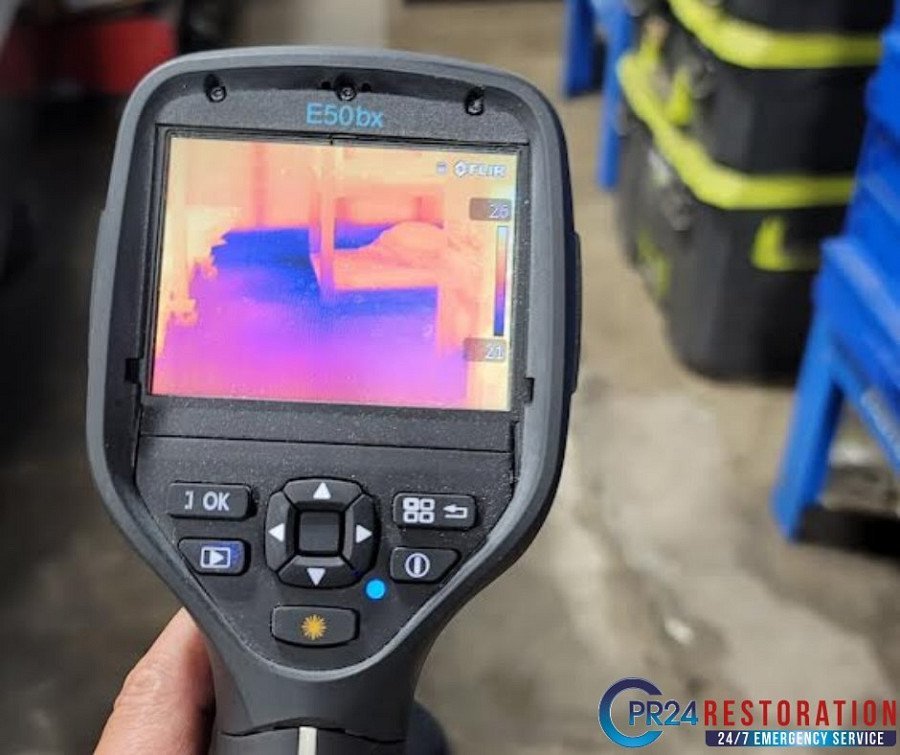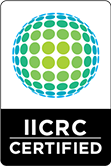The Difference Between Mold Removal and Mold Remediation
Mold in houses and buildings is a common yet dangerous problem that needs to be addressed right away. Property owners frequently come across two words when dealing with a mold problem: mold remediation and mold removal. Mold removal refers to the technique of physically removing visible mold development from surfaces. To get rid of the mold, you usually need to clean the affected areas with specific tools or techniques. You should remember that mold spores naturally exist in the environment. Because of this, complete mold removal is often not possible.Cleaning and sanitizing visible mold is the aim of mold removal. However, it may not address the root reasons for mold growth or stop infestations in the future. Mold remediation is a different approach. It focuses on fixing the main cause of mold growth. This process helps make indoor spaces healthy again.This process not only removes visible mold but also finds and fixes moisture issues. It includes sealing the affected areas and adding measures to prevent future mold growth. Mold remediation aims to stop mold from growing back. It does this by addressing both the causes and the symptoms.When choosing the best way to handle mold problems, property owners should know five key characteristics. The Mold Removal ProcessWhile mold removal may seem easy to fix, it’s crucial to be aware of its potential risks and limitations. A closer look at the standard mold removal procedure is provided below: Assessment and Preparation The first steps in mold removal are measuring the mold growth and preparing the affected area. This could involve spotting obvious mold growth on surfaces: Cleaning and DisinfectionThe real removal procedure starts as soon as the area is ready: Disposal of Contaminated Materials Limitations of Mold RemovalWhen deciding if mold removal is the right choice for your situation, it is important to know these limits. The Mold Remediation Steps First Assessment and Inspection A thorough assessment is essential for effective mold remediation. This includes: Containment and Air Filtration One crucial step in the cleanup process is stopping the spread of mold spores.To limit mold spores: Mold Removal and CleaningThe mold removal process in remediation is more extensive than simple mold removal: Should I choose Mold Removal or Mold Remediation Situations Needing Mold RemovalMold removal is effective in the following situations: Situations Needing Mold Remediation Mold remediation is necessary in more severe cases, such as: Homeowners can decide the best way to handle their mold problem by considering the factors mentioned above. Preventing Mold Growth in Your PropertyPreventing mold growth is key to maintaining a healthy indoor environment. Here are some strategies to help prevent mold: Moisture ControlControlling moisture is crucial for mold prevention. Key measures include: Regular MaintenanceOngoing maintenance helps prevent mold issues. Some actions include: Improving Indoor Air QualityMaintaining good air quality can discourage mold growth: Proper Building Materials and Design Choosing mold-resistant materials and designs can help prevent mold growth. Consider: By implementing these preventive measures, property owners can significantly reduce the risk of mold growth and avoid the need for extensive remediation in the future. The Role of Air Quality Testing in Mold Management Air quality testing plays a crucial role in identifying mold issues and verifying the effectiveness of remediation efforts. Types of air quality tests include spore trap sampling, surface sampling, and bulk sampling. Air quality testing is particularly valuable before and after mold remediation, when mold is suspected but not visible, or when health symptoms are unexplained. While air quality testing can provide valuable insights, it is important to understand its limitations, including potential variations in results and the challenge of detecting hidden mold growth. Professional expertise is often required to interpret test results accurately.



